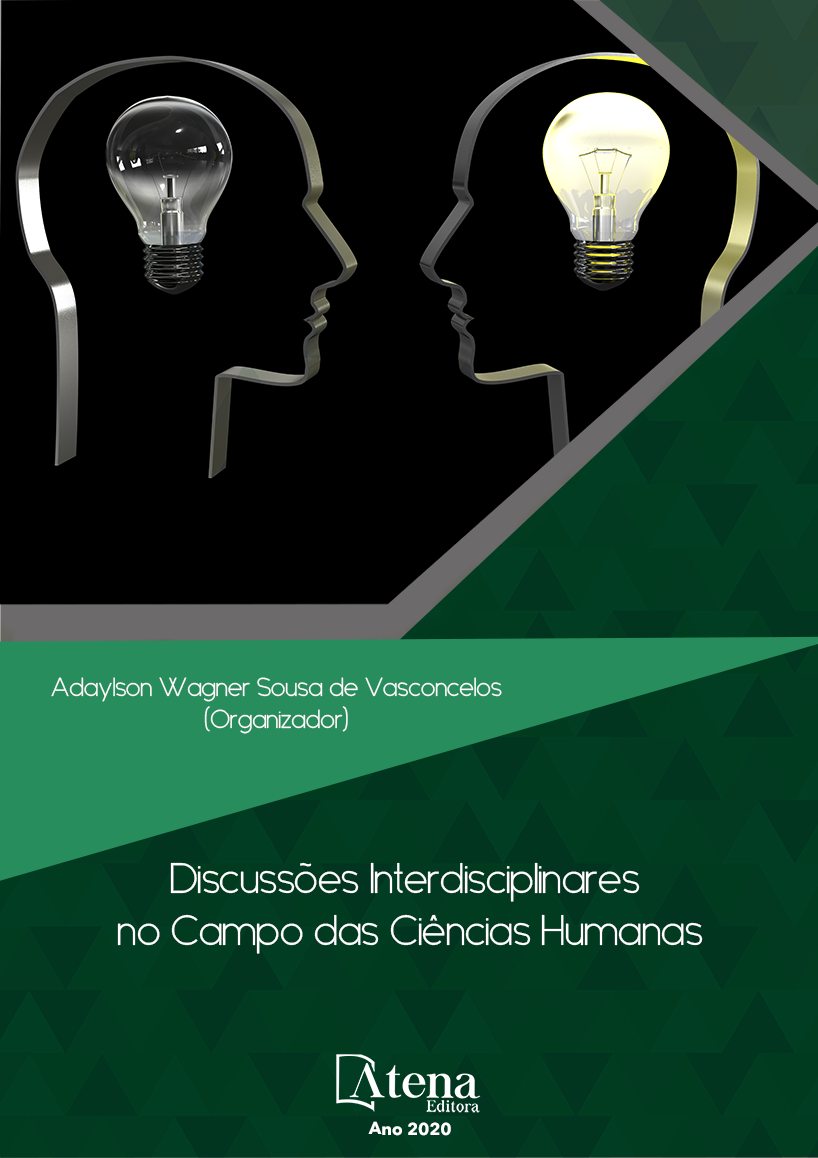
COMPOSIÇÃO, INTERPRETAÇÃO E IDENTIDADE NA “CHORATA NO. 1” DE CARLOS ALMADA: CONTRIBUIÇÕES E REFLEXÕES SOBRE ORALIDADE E ESCRITA DO “CHORO”
Em 2013 foi criada a Camerata Dedilhada da UFRJ, sexteto instrumental de: cavaquinho, bandolim, viola de 10 cordas, violões requinto, 6 e 7 cordas; formada por músicos-professores-pesquisadores da EM-UFRJ, e vinculada ao projeto de pesquisa: “Música brasileira para cordas dedilhadas: produção, pesquisa e interpretação”, apoiado pela FAPERJ (2016). A concentração de obras para a instrumentação da Camerata encontra-se no âmbito do que costumeiramente denominamos “choro” na música popular, entre outros gêneros e estilos que prescindem da escrita musical para se consolidarem em suas matrizes locais, pois contam com repertório desenvolvido historicamente na oralidade. Questionando os processos de apropriação de saberes e transformações históricas na interpretação e reprodução musical, destacamos a importância que assumem culturalmente na atualidade estes cordofones, salvaguardando práticas orais através do ensino, pesquisa e registros musico-fonográficos, não apenas como conservação, mas essencialmente inovação, segundo os fundamentos musicais orais para manutenção da tradição. A “Chorata no. 1”, apresenta um desafio à interpretação, pois ao mesmo tempo em que o compositor, professor-pesquisador, Carlos Almada, elaborou dentro dos cânones da escrita, espécie de “sonata contrapontística motívica” na macroforma, tratamento textural e sistema de controle melorrítimico; o material rítmico-fraseológico apresenta características do “choro”. Em entrevista, o compositor elucidou alguns problemas decorrentes da limitação da escrita e a necessidade da experienciação que poderá fornecer ao intérprete a transcendência do aspecto visual da partitura, reconhecendo o modo estilístico de execução técnico-instrumental, ressaltando a presença do “choro” na “Chorata”, através da escolha das digitações, inflexões, ergonomia, dinâmica, entre outros condicionantes da interpretação; assim entenderemos como o resultado sonoro está diretamente relacionado às peculiaridades da articulação dos instrumentos que integram o universo sonoro do “choro”. Compreendemos a com-posição como um modo de junto posicionar-se à criação de cultura, demonstraremos nesta apresentação parcial dos resultados da pesquisa, que a diferença entre as práticas da música escrita e as práticas de execução da tradição oral encontra-se em unidade, como identidade da música brasileira para cordofones na “Chorata no. 1”.
COMPOSIÇÃO, INTERPRETAÇÃO E IDENTIDADE NA “CHORATA NO. 1” DE CARLOS ALMADA: CONTRIBUIÇÕES E REFLEXÕES SOBRE ORALIDADE E ESCRITA DO “CHORO”
-
Palavras-chave: composição para cordofones; Interpretação musical; prática e teoria do choro.
-
Keywords: 22
-
Abstract:
Camerata Dedilhada of UFRJ was created in 2014 as an instrumental sextet with cavaquinho, mandolin, 10-steel string guitar, requinto, 6-string and 7-string guitar. Formed by musicians-teachers-researchers of EM-UFRJ, the group is linked to the research project: "Brazilian music for plucked strings: production, research and interpretation", supported by FAPERJ (2016). The concentration of works wtitten for the Camerata’s instrumentation is within the scope of what we customarily call "Choro" in popular music, among other genres and styles that regardless of musical writing to consolidate in their local matrices, since they have repertoire historically developed in orality. Questioning the processes of appropriation of historical knowledge and transformations in musical interpretation and reproduction, we highlight the importance culturally assumed today by these chordophones, safeguarding oral practices through teaching, research and music-phonographic records, not only as conservation, but essentially innovation, according to the oral musical foundations for maintaining the tradition. The "Chorata no. 1 "presents a challenge to the interpretation, since at the same time the composer, professor-researcher, Carlos Almada, elaborated within the canons of writing, a kind of "counterpointistic motivic sonata” "in the macroform, textural treatment and melorhythimic control system; The rhythmic-phraseological material presents characteristics of "Choro". During an interview the composer elucidated some problems arising from the limitation of writing and the need for experience that could provide the interpreter with the transcendence of the visual aspect of the score, recognizing the stylistic mode of technical-instrumental execution, emphasizing the presence of "choro" in Chorata ", through the choice of the digits, inflections, ergonomics, dynamics, among other interpretation’s conditioning to the understanding of how the sound result is directly related to the peculiarities of the articulation of the instruments that integrate the sound universe of "Choro". We understand the com-position as a way to position itself in the creation of culture, we intend to demonstrate in this partial presentation of the research’s results that the difference between the practices of written music and the practices of the oral tradition is found in unity, as the identity of the Brazilian music for chordphones in Chorata no. 1".
-
Número de páginas: 22
- Paulo Henrique Loureiro de Sá
- Bartolomeu Wiese Filho
- Marcus de Araújo Ferrer
- Henrique Leal Cazes
- Marcello Gonçalves
- Celso Garcia de Araújo Ramalho


